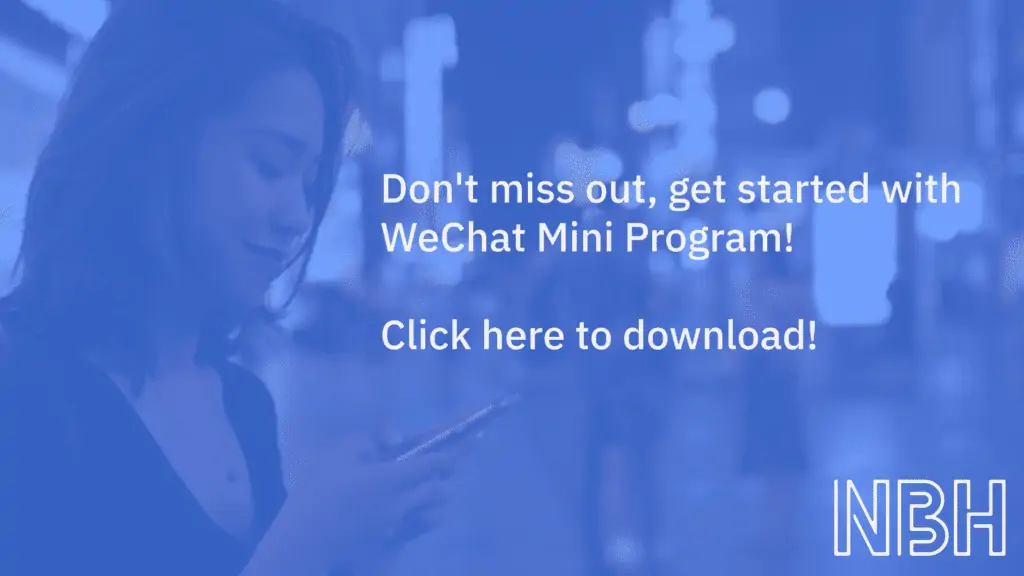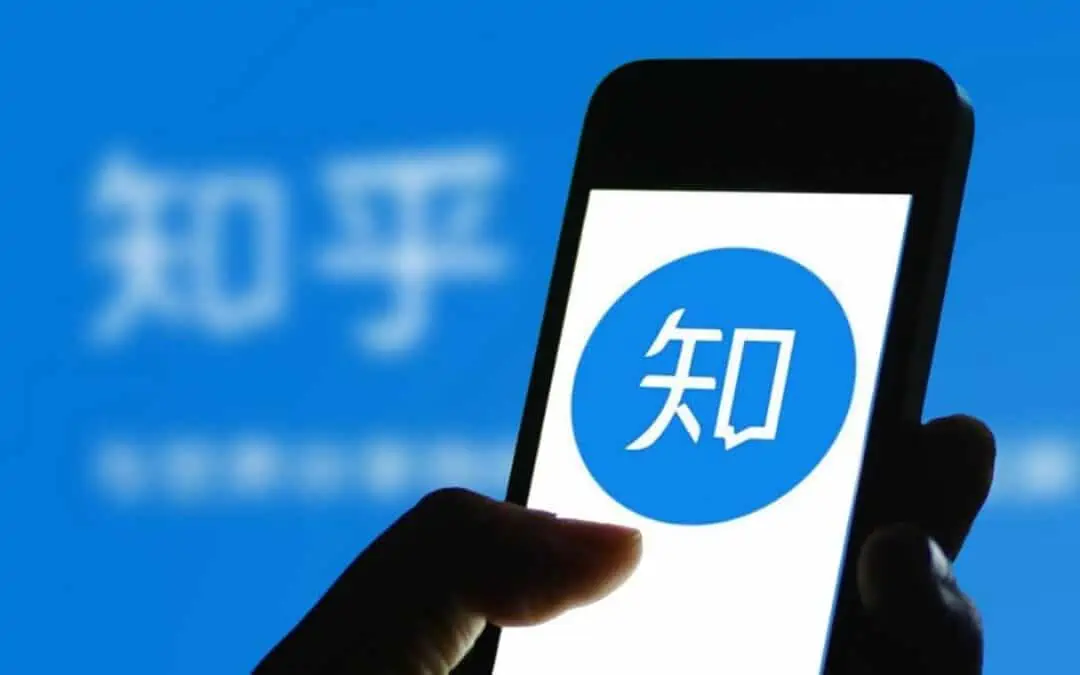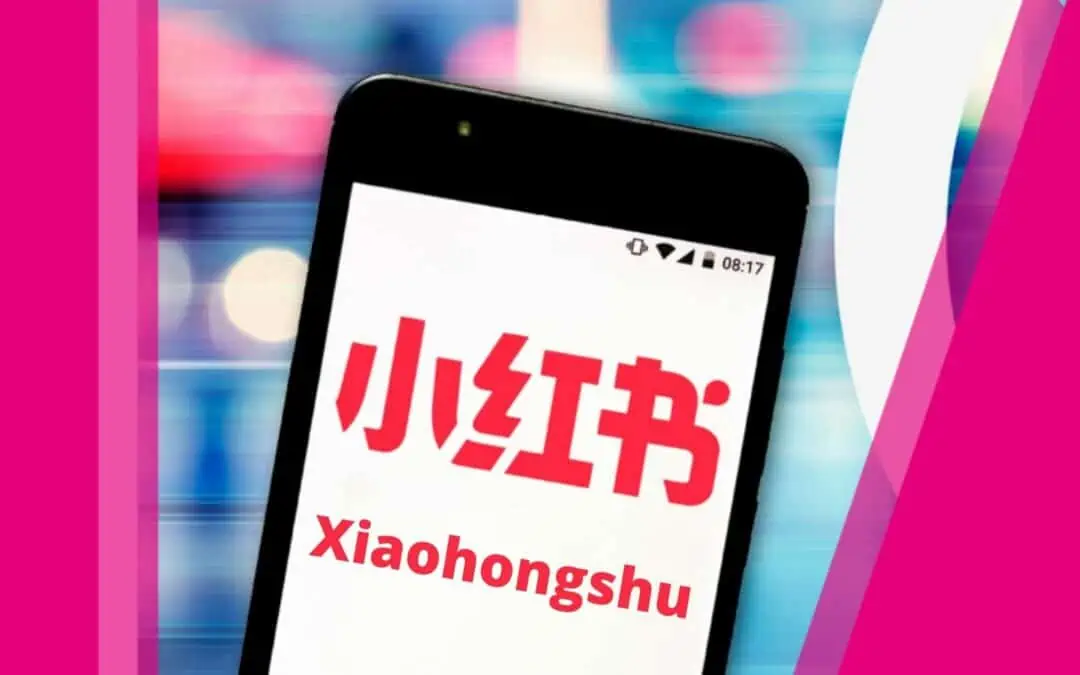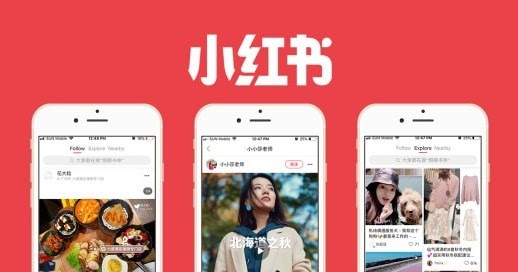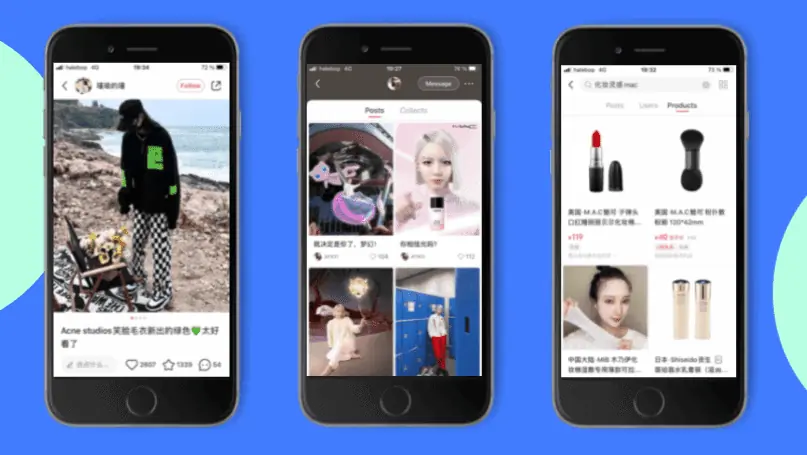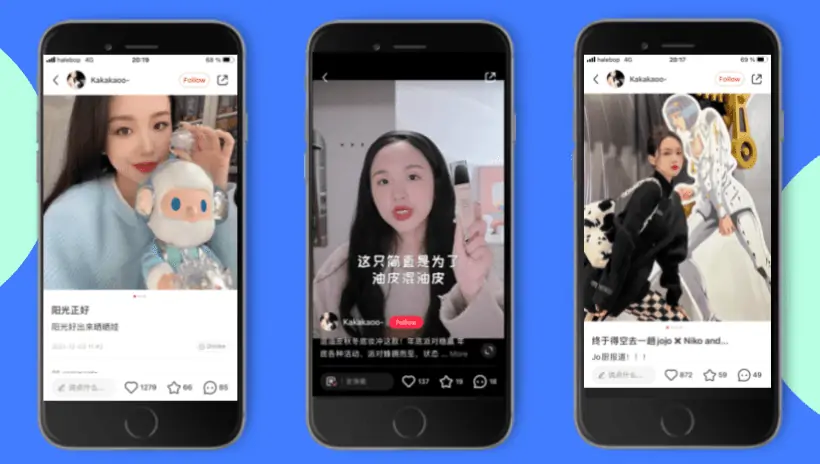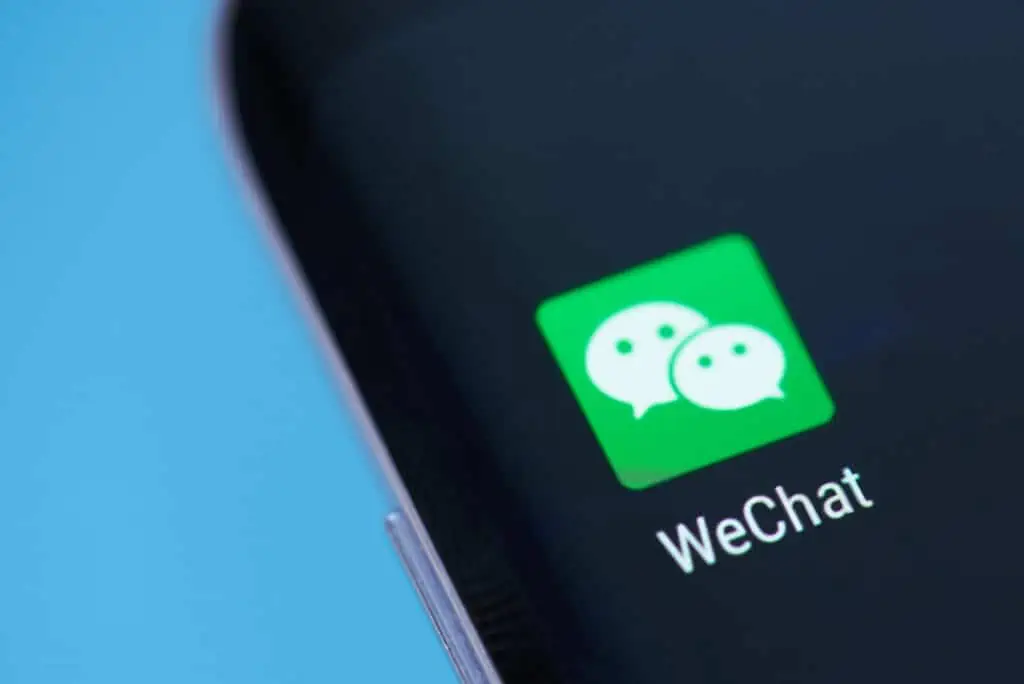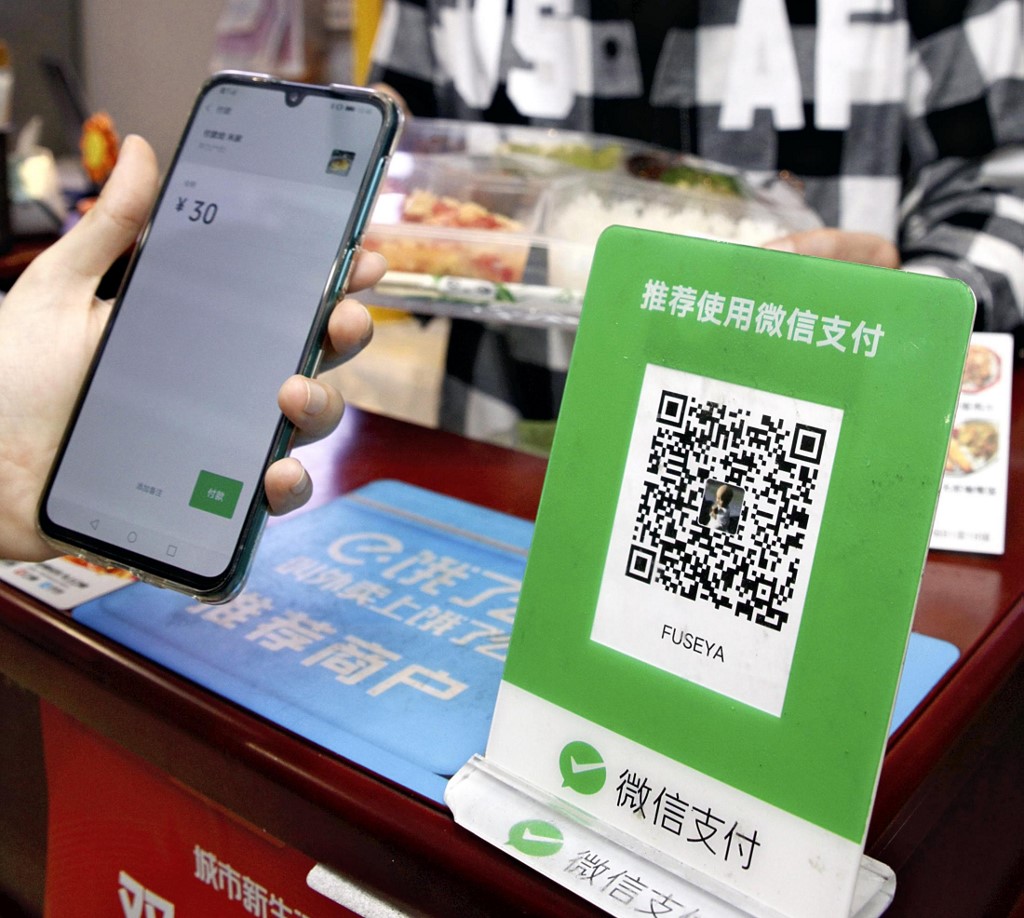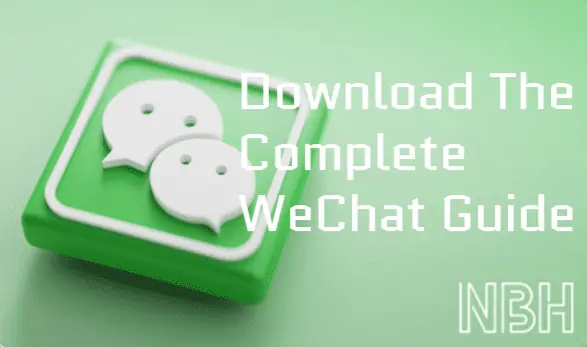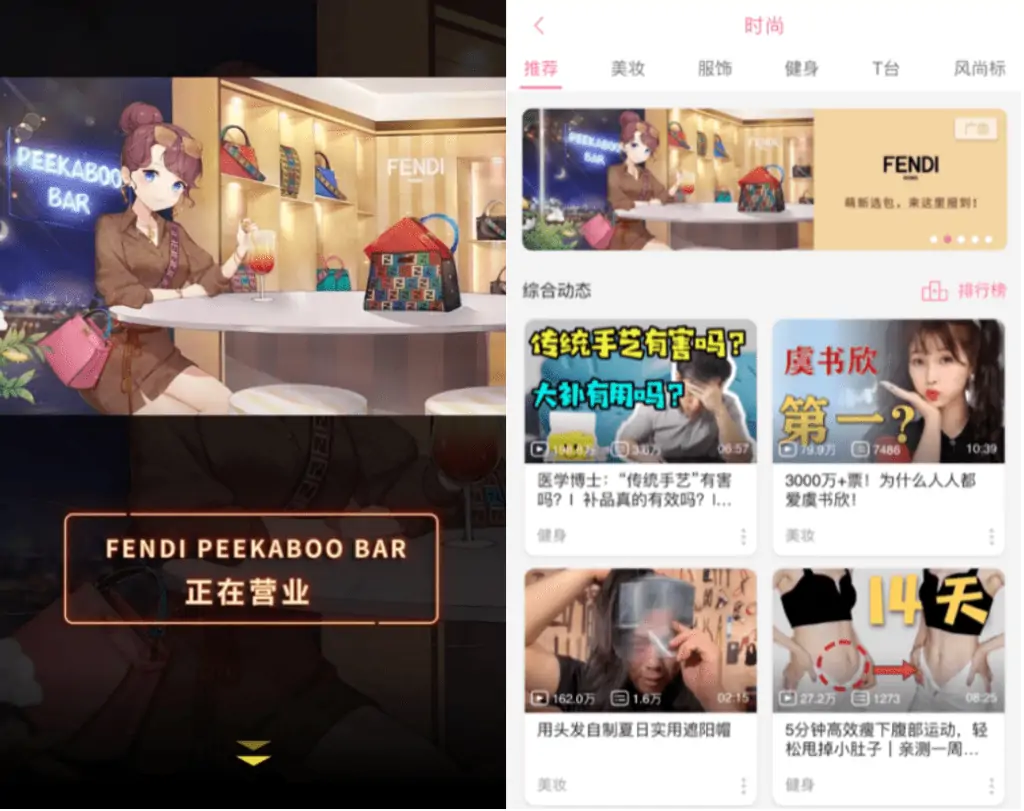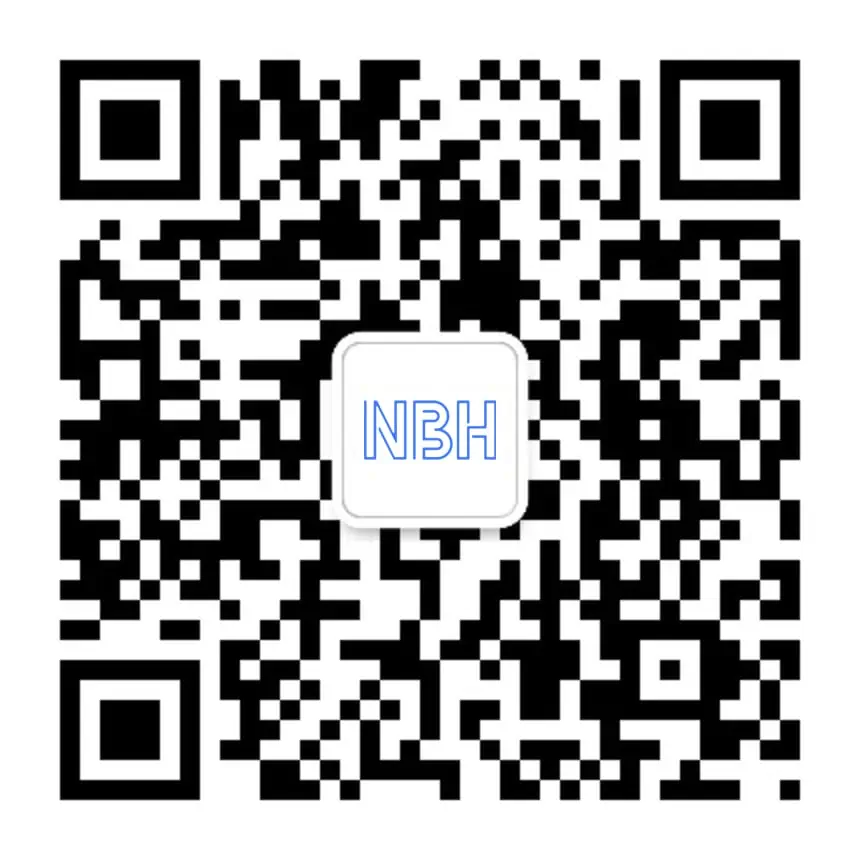
The NBH Guide: Meet Douyin, the mother of Tiktok. How can you as a marketer use Douyin for your China online presence?
If we say Douyin it might not tell you much, but if we say Tiktok I hope you are on it!
Although Tiktok is the western version of Douyin, there are many big differences. As often when it comes to digital China, new platforms are faster adopted by the users and quickly acceptable to use as a marketing tool. In the west, Tiktok is mainly an app for young adults and teens but Douyin is used among all ages and all types of persons.
The app has in a short time, since it appeared in 2016, sprung out of no wear, as an incomparable success. It is fair to argue that it’s the most successful digital phenomenon in China ever.
But what is the key to the success, and how can it be used for you as a marketer in China?
NBH gives you a brief insight and presentation!
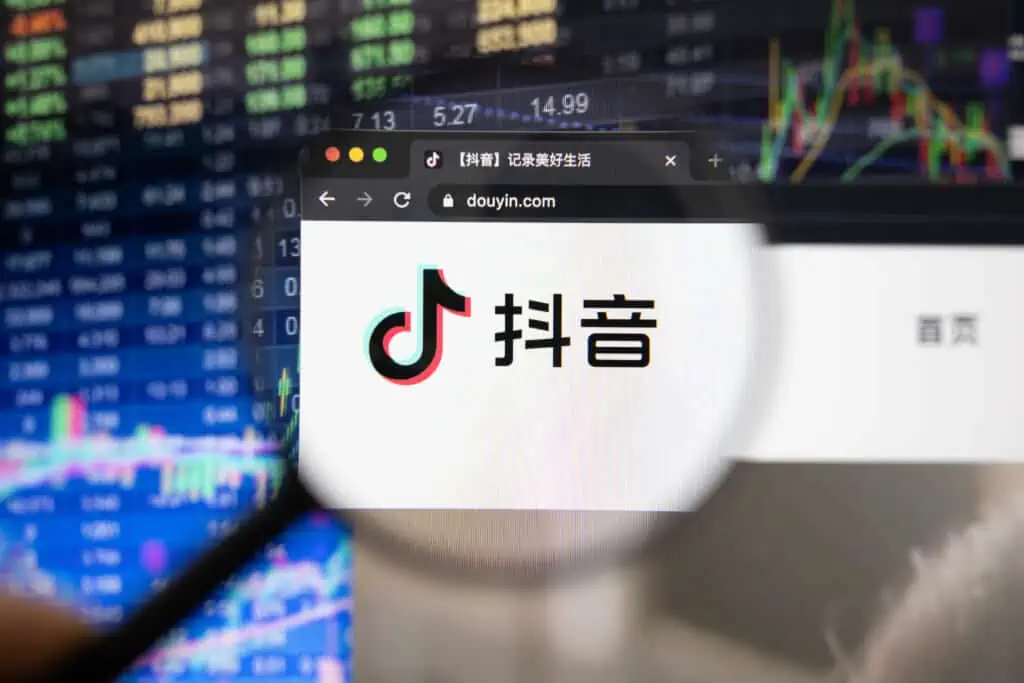
The background of Douyin
Douyin was originally launched in 2016 by the company ByteDance. The western version of Tiktok was released in 2017 but wasn’t booming until 2018. It’s vital to understand that Tiktok and Douyin are two different but similar apps, hosted on different servers, and has no other connections to each other than the mother company.
Douyin is in many ways a very simple app that gives the user the ability to record short (15 seconds to 10 minutes) videos with filters, and watch (15 seconds to 10 minutes) videos in a continuously never-ending flow. The user-friendly functions make it easy for ordinary people to be creative and playful. In fact, most of the content on Douyin is produced by ordinary users.
The founder Zhang Yiming has created an AI-based algorithm that learns user behavior to adjust and tailor the content. In addition to Douyin, Zhang Yiming has also created the news app Toutiao, which has also been widely spread in China. Perhaps we will have the opportunity to return to it later in our insights series.
Some figures
- Douyin reached over 180 million active users in only two years from its release
- It is estimated to have over 600 million daily users by the end of 2022
- It’s predicted to have over 800 million daily users in 2025
- The average user of Douyin spends about 120 minutes a day on the app
- The everyday user time has increased by 25% a year since the release
The key to the success
The simple explanation for Douyin’s great success lies in the well-developed technical platform with sophisticated algorithms. The algorithms direct the content towards the specific user’s behavior pattern in order to arouse as much interest as possible. Because the content is adapted to the user, no feed is exactly the same as another.
The user also has limited opportunities to influence the content through, for example, searches. A video is displayed and can either be viewed or clicked away. The algorithms receive direct information about which material is appreciated or not.
Douyin has also been marketing the app to just the right target group, early adapters. Initially younger women in their middle or early 20s. With increased popularity, the app has since then been spread among different ages and genders.
All of these factors together can be summed up in the fact that they released a well-developed app, to exactly the right target audience, at exactly the right time. And let’s be honest, isn’t a good product and the right marketing the recipe for success?
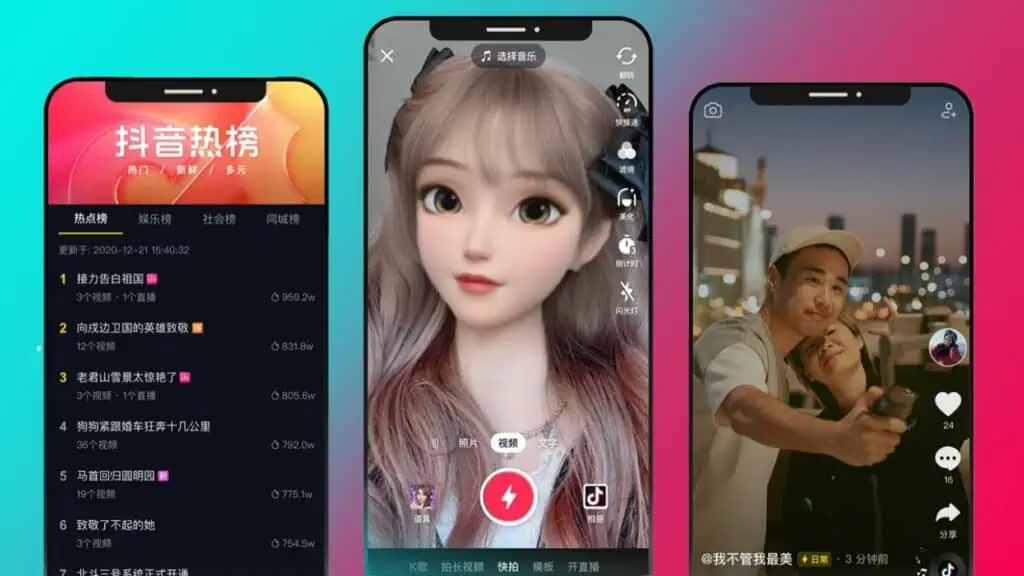
Why use Douyin for marketing
The first and most obvious reason to include Douyin in your marketing plan is that no other app can get as large a visibility in such a short time frame as Douyin. Read more about how we work with Douyin here.
They also have many suitable solutions such as:
- Direct linking to e-commerce shops, if you have more than 10 videos posted
- A self-developed native e-commerce ecosystem where the user is able to make purchases directly in the app
With its constantly growing userbase and its e-commerce ecosystem it’s fair to think that it’s mainly for B2C. And of course, you can’t hide the fact that it is huge for B2C. Clothes, cosmetic, and food is by far the most popular e-commerce categories on Douyin. But on the other hand, it also brings lots of opportunities for B2B.
Since the competition is not as tough when it comes to B2B companies that market themselves via Douyin, there are opportunities to reach out to their customers in a creative, new, and fun way. Why not film from the production or film a tutorial with the pros and cons of using your product?
How to use Douyin for marketing
There are different accounts that can be used for marketing on Douyin. There are both certificated accounts and business accounts. If you want to brand yourself, a certified account is the way, but for companies, a business account is the easiest way. There are many advantages by getting a business account, among other things, the possibility to make longer videos, get access to advertising, sticker-adds, and more visibility through the algorithms.
Another big advantage of having a business account is that once you get approved by Douyin, you get a lot of credit. It simply becomes more trusted.
It’s also important to keep in mind that Douyin is first and foremost a video app with music. In order to capture interest and create visibility, it is therefore important to adapt to the platform. Create creative and exciting materials that feel genuine and well-produced.
Work with KOL:s
The most effective way to get visibility on Doyin is to work with KOL:s. The KOL already has its fan base and the algorithm reaches out to its followers. If you which to do a collaboration with a KOL it’s therefore important to pick someone that reaches out to our targeted audience. Read our Insight about KOL marketing here.
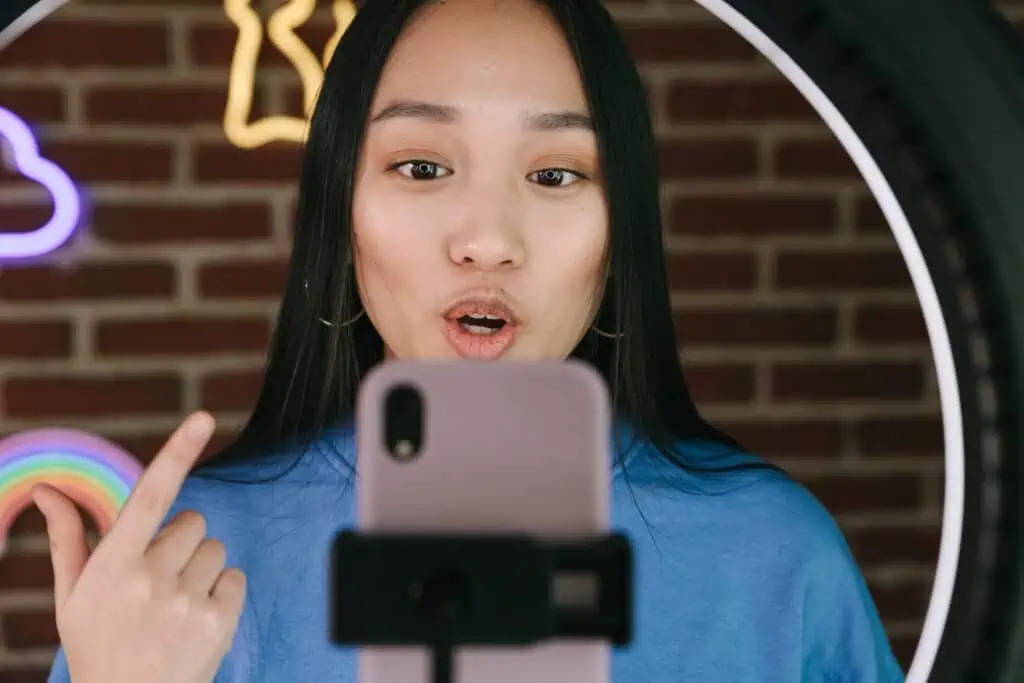
NBH has years of expertise in working with digital marketing in China. Our expertise is available in both Europe and China.
Get the latest China news by registering for our newsletter, contact us or why not book a meeting.





